Fort Yellowstone holds a special place in the history of America's national parks. Established in 1891, it was the first administrative headquarters for the U.S. Army's management of Yellowstone National Park until 1918.
This pivotal period saw the First Cavalry develop critical infrastructure and enforce crucial regulations. The article explores the fort's origins and the community life within its walls.
Visitors can now explore restored structures, like officers' homes and stables, and follow trails past landmarks like the Roosevelt Arch.
Understanding Fort Yellowstone's role provides a deeper appreciation for the evolution and legacy of the National Park Service.
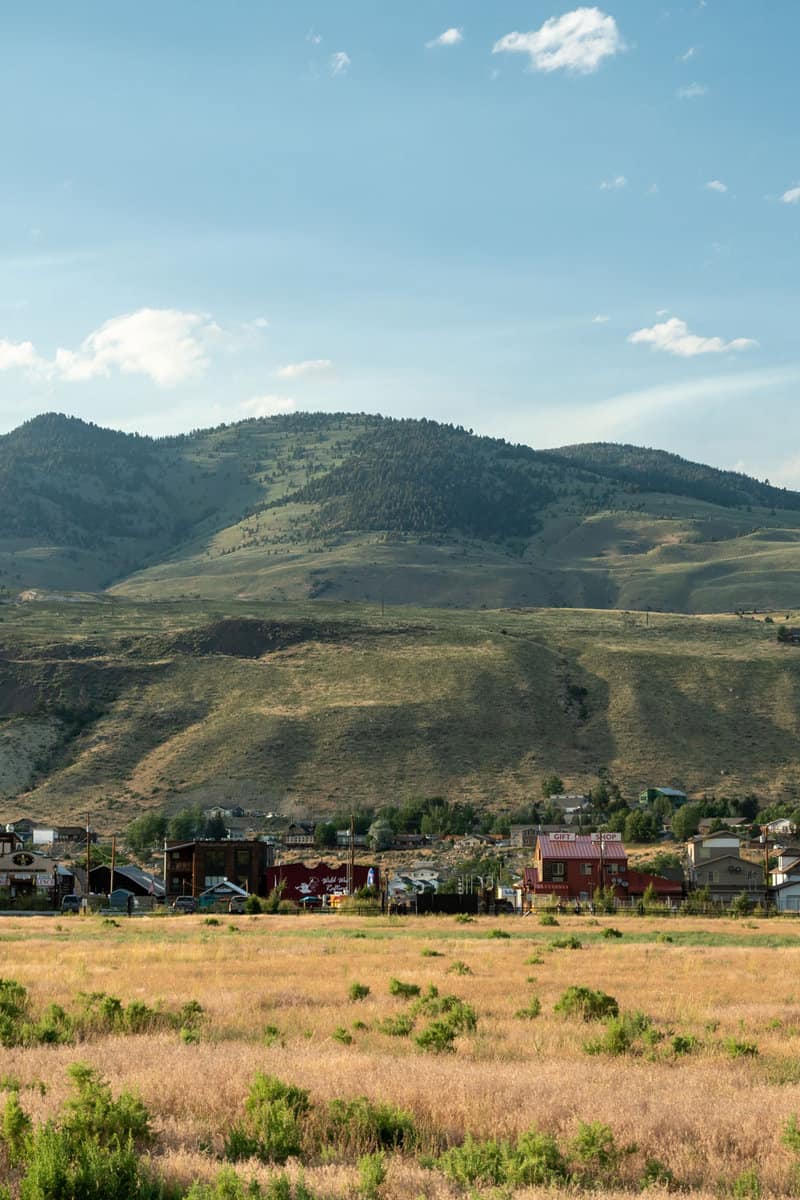
The Birth of Fort Yellowstone
Fort Yellowstone, officially established in 1891, was pivotal in preserving America's first national park, Yellowstone. As the park's popularity surged in the late 19th century, Captain Moses Harris and the First United States Cavalry stepped in to ensure its protection.
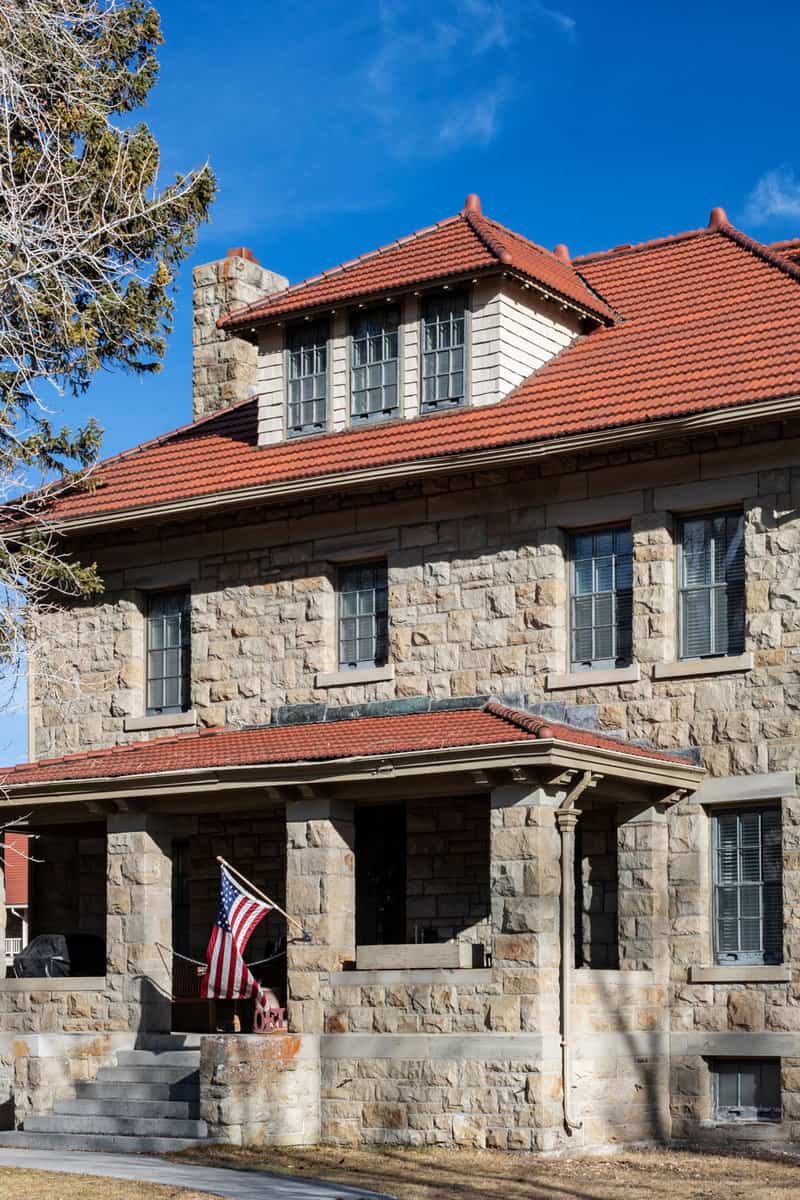
Initially at Camp Sheridan, they soon recognized the need for a lasting presence, leading to Fort Yellowstone's foundation.
Their dedication safeguarded the park's wonders and laid the groundwork for the National Park Service's inception in 1918. Today, the fort is a tribute to those who championed the protection of this national treasure.
Architecture and Major Buildings
At Yellowstone's Historic Fort Yellowstone, the architecture tells a tale of its pivotal role in America's first Army-administered national park.
Each restored building at Fort Yellowstone offers insights into life here long ago. Former officers' homes showcase Colonial Revival architecture and views of nearby thermal features.
Large stables speak to the essential role of horses and mules for early transportation. A chapel provided spiritual sanctuary for soldiers and families stationed at the fort.
These preserved structures comprise the historic district layer of Yellowstone's pioneering administrative years under the U.S. Army. Wandering the grounds transports visitors to appreciate the fort's imprint on America's first national park.
Officers' Quarters
Several impressive buildings at Yellowstone's Historic Fort Yellowstone showcase the park's rich history. One such building is the Officers' Quarters. These Colonial Revival-style buildings housed the high-ranking officers and their families.
The location also offers stunning views of the Mammoth Hot Springs Historic District, including the famous Albright Visitor Center.
Barracks
Next, you'll come across the Barracks, which are distinguished by their Art Moderne architectural style.
Designed to house enlisted soldiers who served in Yellowstone, these buildings provided essential living quarters for the personnel responsible for the national park. Today, they remain a crucial part of Yellowstone's history.
Administration Building
The Administration Building at Fort Yellowstone is a historic building and continues to serve an essential function for the park.
The building once acted as the home base for park administration and today houses various park offices. It uniquely blends architectural styles, including Colonial Revival and Capitol Hill elements.
Stables
Stables were a critical addition to Fort Yellowstone, as the U.S. Army relied heavily on horses and mules for transportation.
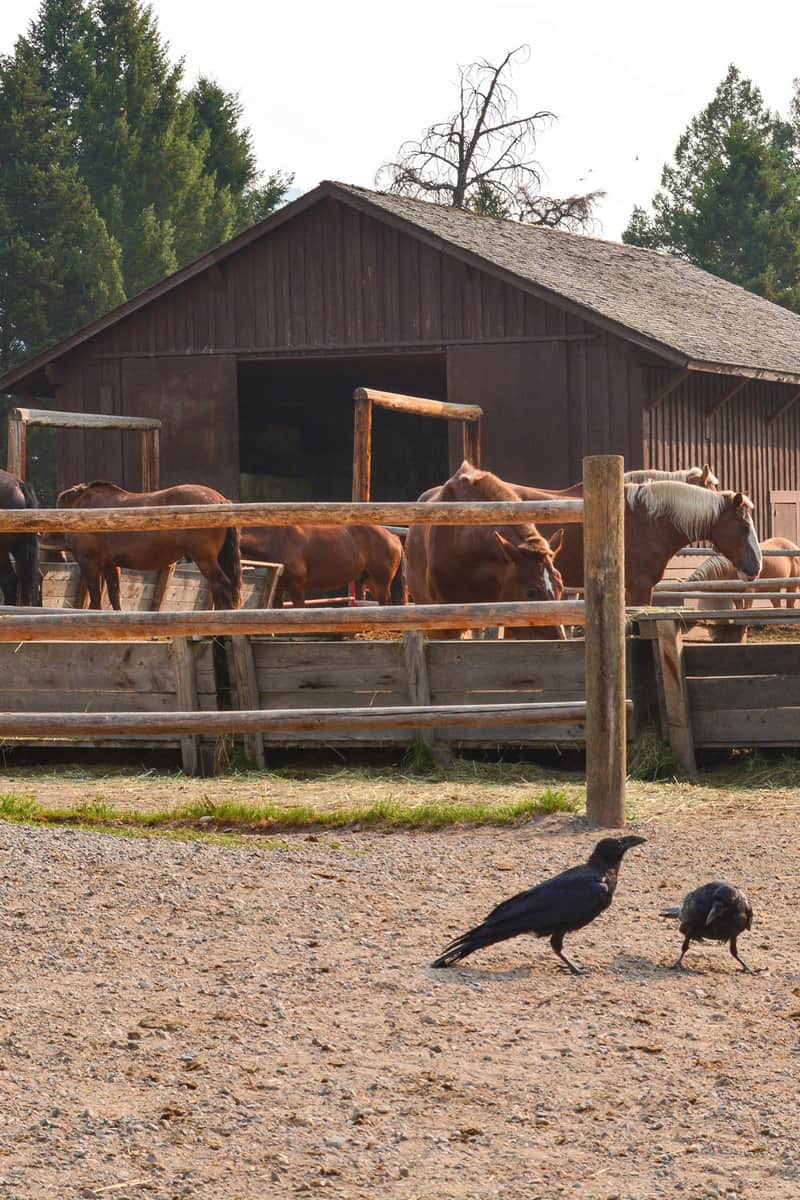
These structures provide essential shelter and care for these animals, and their architectural design is functional and attractive. While exploring the park, you'll be able to see the stables and appreciate how vital they were to the early administration of Yellowstone.
Chapel
The Chapel at Fort Yellowstone is an architectural gem with special cultural significance. As a place of worship and reflection for the soldiers and their families, the Chapel was essential in maintaining the spiritual well-being of those stationed at the fort.
Life at Fort Yellowstone
Life at Fort Yellowstone was a harmonious mix of military, civilian, and park staff united to preserve the national park.
Beyond guarding the park, soldiers maintained its order and infrastructure while their families became the fort's vibrant community backbone, even hosting social events.
Civilian employees managed logistical tasks, collaborating closely with park rangers and other staff.
The nearby location of Gardiner, Montana, facilitated essential services and cultural exchanges. Together, this diverse community set the precedent for future national park management.
Transfer to National Park Service
In 1916, Fort Yellowstone transitioned from U.S. Army management to the newly formed National Park Service. The Secretary of the Interior oversaw the park, with civilian superintendents assisting military officers for seamless management.
This shift refocused the park's goals on resource management, preservation, and enhancing visitor experiences. Key initiatives included conservation policies and the development of educational programs and facilities.
The fort has stood the test of time, maintaining its position as Yellowstone National Park's central management facility from its founding site—a lasting tribute to the importance of its earliest functions.
Accessibility and Current State
Designated as a historic place by the National Register, Fort Yellowstone allows tourists to learn about the park's early years. The self-guided trail starts near Roosevelt Lodge at the North Entrance.
Here, visitors are welcomed by the Roosevelt Arch, a stone structure dedicated by President Theodore Roosevelt in 1903. Following signs along the path takes travelers to restored fort buildings set amidst lodgepole pines.
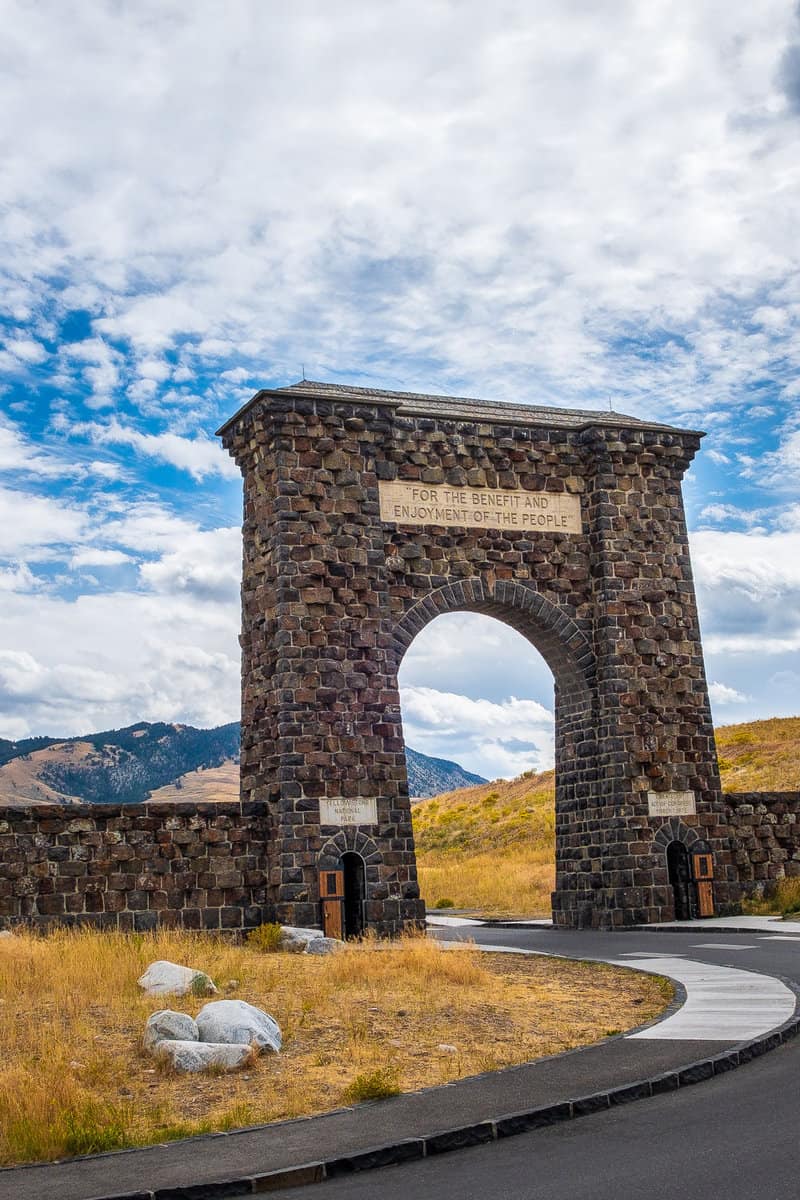
Structures like officer housing, barracks, and administrative offices offer glimpses into daily life when the U.S. Army managed Yellowstone.
Interpretive displays provide context about the fort's role and transition to National Park Service leadership. While road traffic into Mammoth can build in summer, the 1.5-mile roundtrip trail is accessible for various abilities.
Allow 1-2 hours to view infrastructure remnants and envision Yellowstone's formative period as America's first national park supervised by the military from 1891 to 1918. The self-guided trail is open daily from sunrise to sunset throughout the year to explore the fort site.
However, visitors should know that vehicular traffic along nearby roads can be very heavy during Yellowstone's peak season from June through August.
Significant traffic delays are common along the one-way loop road system as thousands of cars enter the park daily. If visiting during these busy summer months, planning and leaving extra time to reach the historic fort area is recommended.
Remembering the Historic Fort
Remember to reflect on Fort Yellowstone's significance in Yellowstone National Park.
The site provides valuable context about the park's founding years under military administration. Understanding its role helps visitors better appreciate Yellowstone and the National Park system.
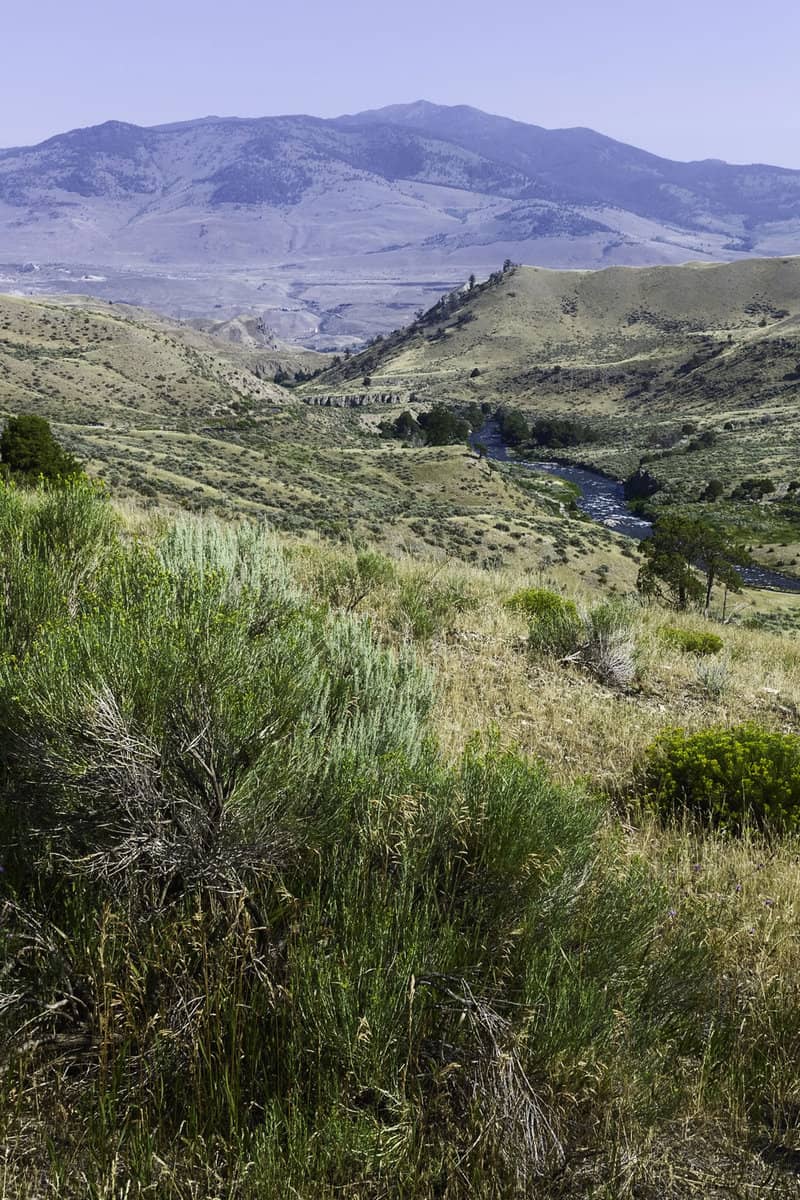
Fort Yellowstone represented a turning point when the U.S. Army became involved in environmental protection efforts. It demonstrated how conservation and public access could be balanced.
As Yellowstone's first administrative headquarters, the fort helped pave the way for management structures governing treasured public lands today. Learning its story gives one a new perspective on Yellowstone's past and the enduring importance of national parks to American heritage.
After highlighting the protective essence of Fort Yellowstone, we invite you to continue your journey with these articles:
Top 10 Things to Do in Yellowstone National Park (With Photos)
Quake Lake: See It While Visiting Yellowstone!
